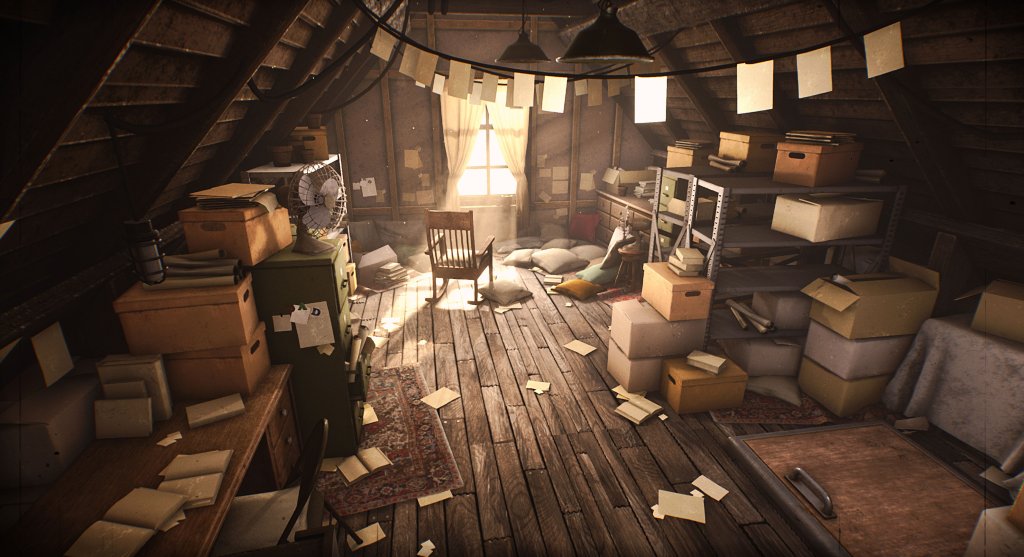
Short answer: An environment artist builds the worlds where players explore—designing and creating the 3D spaces, props, and atmospheres that bring the game’s universe to life.
Who is NOT an Environment Artist?
- A person who only defines mechanics and systems (that’s a Game Designer) is not an Environment Artist.
- A person who only sketches initial ideas (that’s a Concept Artist) is not an Environment Artist.
- A person who only textures assets (that’s a Texture Artist) is not an Environment Artist.
- A person who only sets lighting (that’s a Lighting Artist) is not an Environment Artist.
What does an Environment Artist do?
- 3D modeling: build environments, architecture, and props.
- Texturing & materials: apply realistic or stylized surfaces.
- Set dressing: arrange assets in levels to create mood and believability.
- Optimization: ensure environments run efficiently without losing quality.
- World-building: translate lore and design intent into physical space.
- Collaboration: work with concept artists, level designers, lighting artists, and VFX to achieve final look.
Why it matters
The environment is often the first impression of a game. It sets tone, immerses players, and makes the world feel alive and authentic. Without strong environment art, even great mechanics can feel flat.
Common misconceptions
- “Environment artists just make things pretty.” → They must also consider performance and gameplay readability.
- “It’s only about copying real life.” → Creativity and exaggeration often shape stylized or fantasy worlds.
- “Level design = environment art.” → Level design is about playability; environment art is about visuals and mood.
Core skills & tools
- 3D software: Blender, Maya, 3ds Max.
- Engines: Unreal Engine, Unity (for implementation).
- Texturing: Substance Painter, Substance Designer, Quixel, Photoshop.
- Knowledge: architecture, composition, lighting fundamentals.
- Optimization: LODs, lightmaps, efficient UVs.
Practical frameworks
- Blockout → High-poly → Low-poly → Bake → Texture → Engine import.
- Readability layers: foreground, midground, background separation.
- Color & atmosphere: direct player mood through palette and fog.
- Storytelling through props: environmental storytelling via objects and placement.
Portfolio tips
- Show before/after shots of environments.
- Include modular kits and explain usage.
- Demonstrate optimization (wireframes, texture atlases).
- Add beauty shots with good composition and lighting.
Quick example
Think Skyrim: immersive dungeons and landscapes full of storytelling.
Or Uncharted: cinematic environments that guide exploration and mood.
Author: Pouria Mojdeh
References:
- Michael McKinley – Environment Art in Game Development (3DTotal Publishing, 2017)
- Bill Perkins – Digital Painting Techniques: Volume 9 (3DTotal Publishing, 2017)
- William Vaughan – Digital Modeling (New Riders, 2011)
- Jesse Schell – The Art of Game Design: A Book of Lenses (CRC Press, 2019)
- Game Developer (formerly Gamasutra) – www.gamedeveloper.com
